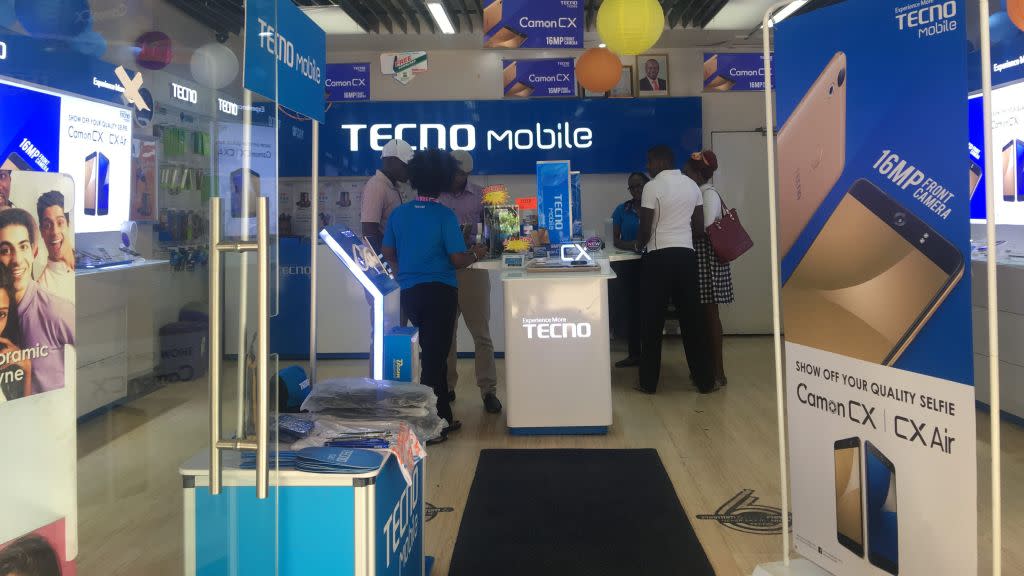The path to the next billion internet users is through feature phones

Despite a US-China trade war barring Google from licensing its Android mobile operating system for Huawei phones, Android will have little problem continuing to dominate the mobile ecosystem. It accounts for over 75% of mobile web traffic followed by Apple’s iOS 22%. Other mobile OS combined accounted for a mere 2.3%.
Android’s winning strategy was Google’s decision to make the platform open source and free for phone manufacturers and developers to use. But the US White House’s belligerence as focused minds particularly in China. Huawei has been working on its own operating system called Harmony OS and it’s expected to make a dent in Android’s market dominance in a market of 1.4 billion people at home but not so much outside China.
However there is a bigger opportunity that’s developing rapidly and seeing growth year-on-year, it is in the advanced feature phones market and is on track to be the channel for the next billion internet users.
In spite of the dominance of Android, about half of the world’s population (around 3 billion people) is still offline and any player that targets this category of people could control the communication landscape in the future. It is also the most realistic avenue to challenge the duopoly of Android and iOS.

KaiOS-powered Tecno T901 phone
Apple is not in this space at all while Samsung only controls a small share of the market. Google itself is not involved directly but has invested $22 million in KaiOS, the operating system that is powering what you might call a feature phones renaissance. Indian mobile operator Reliance Jio also holds 16% stake in the company after it invested $7 million. Cathay Innovation invested $50 million in a Series B round back in May.
Between its initial release in 2017 and late 2018, KaiOS has grown from powering zero to 100 million feature phones, CEO, Sebastien Codeville told Quartz. In India, it overtook iOS as the second most popular mobile operating system.
After its early India gains KaiOS has shifted its focus to aggressively targeting African markets where it hopes to rapidly win over market share through a partnership with the Tecno phone brand which is owned by Chinese phone maker Transsion. The partnership has unveiled a new phone, the T901 which is specifically targeted at users in Africa.
Codeville says Tecno’s widespread presence in Africa would expand the reach of its devices and in turn provide connectivity to more users.
In addition to enabling voice and text, KaiOS is designed to enable low-end affordable phones to have some smart device capabilities including internet access, social media, OTT services and other functionalities enabled in KaiOS’ limited ecosystem.
Notably, KaiOS does not want to be seen as a rival to Android or iOS smartphone platforms as it sees its offering in a different category. “We will not work in large ecosystem…We are not in a position to compete with a complete smartphone operating system,” Codeville said.
But this has not stopped the company from working with various phone manufacturers who want to participate in the feature phone market. “The digital divide in Africa remains large,” he says.
As well as working with Transsion, which sells more phones than any other company in Africa, a key part of KaiOS’ expansion strategy involves partnering with telecom companies including MTN and France’s Orange both of whom it has launched dedicated devices for the African market. It could help close the digital divide in developing nations including those in Africa.
Sign up to the Quartz Africa Weekly Brief here for news and analysis on African business, tech and innovation in your inbox
Sign up for the Quartz Daily Brief, our free daily newsletter with the world’s most important and interesting news.
More stories from Quartz:

